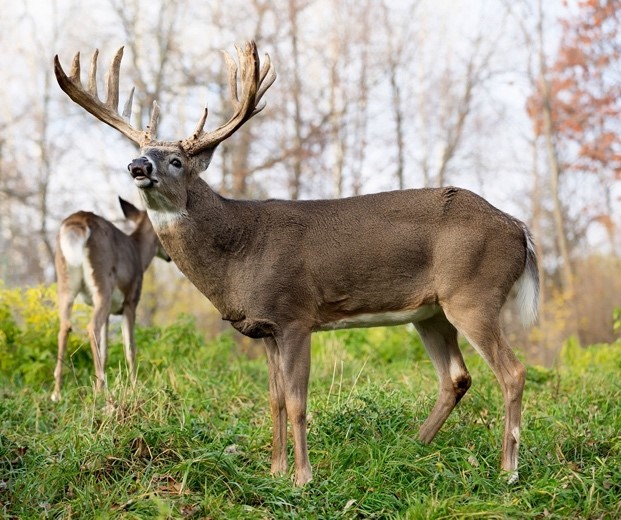Free Courses Sale ends Soon, Get It Now


Free Courses Sale ends Soon, Get It Now



Disclaimer: Copyright infringement not intended.
Context
Details
Physical Characteristics
Habitat and Distribution
Behavior and Ecology
Reproduction and Social Structure
Importance and Conservation
Human Interaction
|
PRACTICE QUESTION Q. A recent evidence indicates a bidirectional transmission between humans and deer, rather than a one-way flow. This insight emphasizes the need for understanding and surveillance in the realm of zoonoses. Comment. (150 Words) |
© 2024 iasgyan. All right reserved